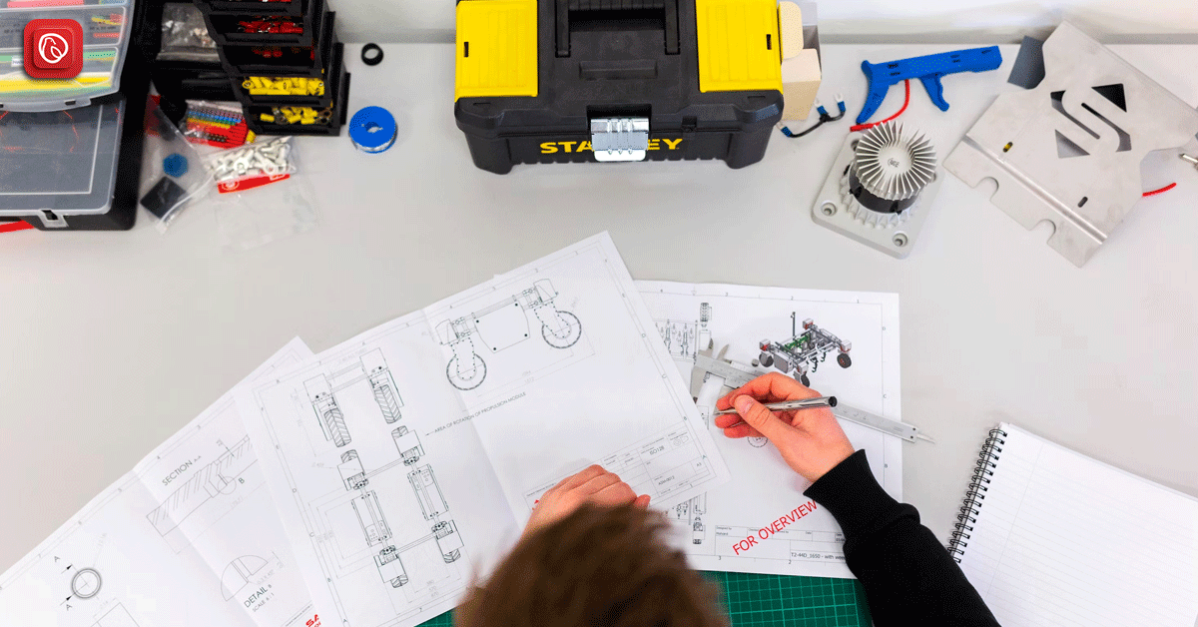Often, the domain of construction is perceived in terms of developing big structures and buildings. Owing to the expansion of urban centres, construction is a common phenomenon since housing and commercial centres are a necessary part of city life. Against this backdrop, a question emerges in our mind, do we have sufficient space for meeting the needs of the future? The question is difficult to answer as the pace of adoption to new challenges is slow. To meet the growing needs of our urban areas, rethinking our current development patterns is a demand of the time.
Graana.com through this blog brings forth the concept of ‘Deconstruction and Building Designs’ which is an important component of sustainable construction. A series of blogs has focused on making construction a sustainable sector, the aspect of deconstruction has also an important linkage with sustainable development and circular economy.
Why Focus on Deconstruction
Deconstruction is an important aspect of a building life-cycle, once a building has completed its life, its major components have to be deconstructed and replaced by new ones. There is a difference between deconstruction and demolition; deconstruction focuses on reusing the various Design for Deconstruction (DfD) signifies those buildings are developed such that buildings not only comply with adaptation and renovation but also their materials can be reused. It has been observed that due to the lack of focus in deconstruction design a major portion of construction material becomes a part of waste whereas it can be easily reused. In building designs, if the tenets of DfD are incorporated, the construction waste can be easily optimized.
Deconstruction and Modular Buildings
According to the statistics, only 1pc of the buildings are demountable which establishes that DfD is an aspect that is missing from the designs of the buildings. Thus, a major part of buildings and construction is missing out from the circular economy. As a panacea, the principles of modular buildings can be incorporated into the buildings which make buildings suitable for deconstruction. The units of modular buildings can be easily transported and can be reused for constructing new buildings. The concept of deconstruction is replacing the concept of demolition which contributes to the construction waste. Olympic and Paralympic village of London Olympics 2012 is a successful example of deconstruction.
Structural Deconstruction
A structural deconstruction is a tool for building deconstruction, this technique involves deconstructing a building on the basis of its structural components. In view of the building lifecycle, it is necessary that structural components should be kept separate from one another so that major components of buildings can be reused in the future. Structural deconstruction has been applied in the past however, it was only used to remove or separate precious components of the buildings. Since the major aim of deconstruction is to reuse the building materials, the structural components like the skeleton of the buildings, frames and membranes should be constructed such that they can be easily decoupled or removed.
Focusing on Building Components
Since reusing the construction material and optimising the construction waste is at the core of deconstruction, therefore, focusing on building components is pertinent. It will be wrong to consider a building a single entity, rather it is a conglomeration of the various components used in the building. Hence, major components of the buildings including wood, and the interiors of wood can be easily reused for the same purpose. However, some materials, for example, concrete, ceramics, and bricks can be used for secondary purposes. The reuse of construction material can also help to run the local economy which can help to increase the incorporation of reusable materials in the construction. Furthermore, most of the time, the frames of roofs and its components can be simultaneously reused in another building.
Designs for Adaptability
For bringing the construction sector and buildings in line with the agenda of sustainable development, it is necessary that the upcoming designs should focus on adaptable designs – designs that have the propensity to adjust as per the changing times. Buildings that cater to the adaptable designs are easier to decouple and the cost is easy to retrieve in such buildings. As mentioned earlier, the Olympic and Paralympic Village for London Olympics 2012 was converted into a housing project once the games concluded. Olympics village is a perfect example of ‘designs for adaptability’ as it was easily converted into a residential project with minimal changes.




